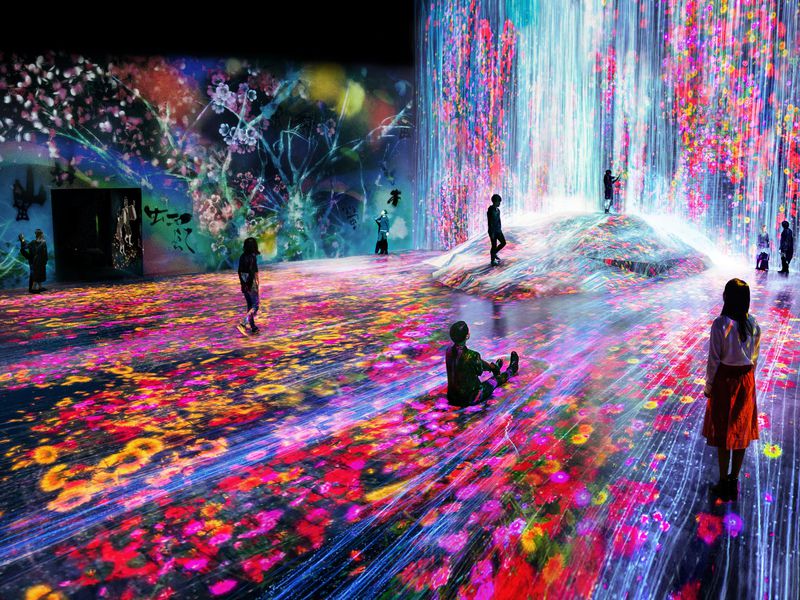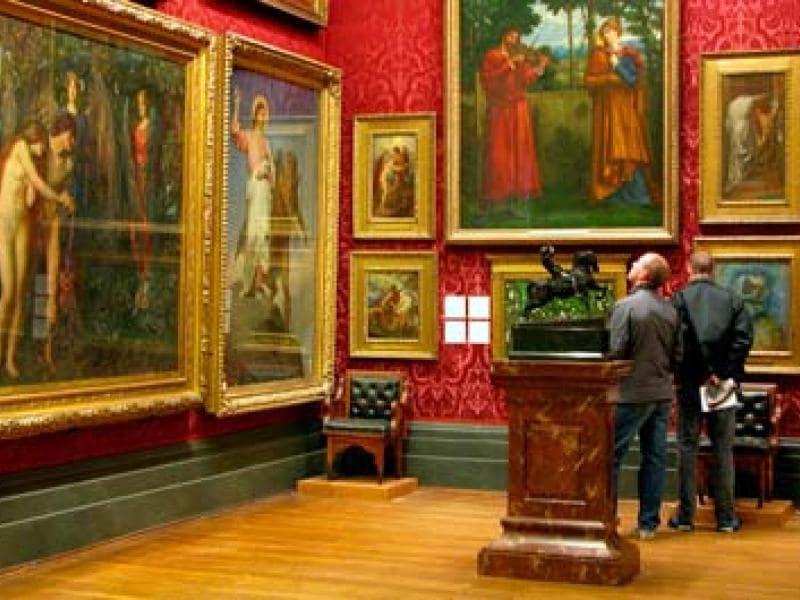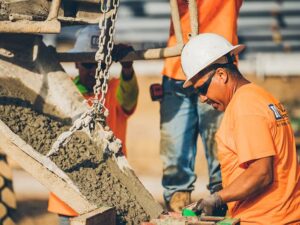Museum functions in the contemporary art system

The “system or world of contemporary art” develops in each territory or geography where characteristics and interactions are shared, be it a city, a country, a continent or at an international level.
It comprises all the artistic participants immersed in and around artistic production; artists, collectives, curators, historians, art critics, cultural officials, museum directors, philanthropists, museum patrons, gallery owners, owners or representatives of corporate cultural foundations, etc.
As well as the artistic practices that have been developed and assimilated among its protagonists, such as the collateral “artistic legitimization”, the patronages and institutional philanthropy, the commercial processes of launching, positioning and commercialization in the art market,
The artistic infrastructure with its cultural, tourist or even real estate multifunction. The artistic trends and canons that have emerged and been validated in hegemonic centers, exported and assimilated in the peripheries, among many other aspects.
Also within the art system, whether local, national or international, the various artistic entities have a fundamental role, which are public and private institutions dedicated to art, such as museums, cultural centers, art academy, corporate cultural foundations, etc.
As well as art market bodies, galleries, auction houses; the role of the media specialized in art; artistic meetings such as biennials and art fairs, and other formal, informal or emerging initiatives, where alternative forums and independent spaces also take place.

WHY ARE MUSEUMS IMPORTANT IN THE CONTEMPORARY ART SYSTEM?
Art museums, both public and private, are relevant in the art world of each place and time, because of the foundation that originates them, which is mainly to integrate, shape and preserve an own art collection or heritage, in addition to research, document, exhibit and disseminate artistic creation according to the profile and scope of the institution.
And it is precisely these functions that define a museum, unlike other artistic entities, as a school of art (educating), a gallery (selling), or a cultural centre (exhibiting, without forming its own collection).
This is why art museums in history have been and currently continue to be the main entities of artistic legitimisation and all the protagonists know this; even collectors and gallery owners, which is why some have created their own museums or seek to influence them indirectly as philanthropists or sponsors.
FUNCTIONS OF MUSEUM OF CONTEMPORARY ART:
RESEARCH
The team of art historians-curators of the museum have the task according to the profile (public, private, governmental, university, corporate, etc.) and scope (local, state, regional, national, international) of the institution;
To carry out research of the artistic field of study to which they are directed, to detect the outstanding artistic practices, the new proposals, to follow up the trajectories referring to the discourses, themes and formats of artistic value and contextual to the environment and the time.
DOCUMENTARY
It includes the documentation of researches, reports, statistics, selections, samples, testimonies, classifications, in different formats of documentary value, which contribute to the archive and memory of the institution; as well as in digital or printed publications. In this sense, some museums have professionalized their Archive and Library infrastructure, becoming important sources of reference for other researchers, students or the general public.
A relevant documentary source in every museum is its Catalogues, both of the temporary exhibitions and of the permanent collection. Likewise, those contemporary art museums that document their entire collection and publish it on their web pages for free public consultation stand out, clearly demonstrating their seriousness, career, transparency and professionalism.
Documentation in a museum is an integral activity that leaves testimony to the artistic progress or development of the period, and given its level and seriousness it contributes to the bibliography of art history.
CONSERVE
It represents the core of the institution, where a collection of its own is integrated, as a result of a process of research and selection to define the works that will make up the museum’s collection. Some pieces come by acquisition directly from the artists or through the art market, by commissioning works, exchanges with other institutions, or donations from philanthropists through trusts, foundations and sponsors.
The contemporary art museums for the conservation of the works must obviously have enough space, considering that it is current art and the collection will be growing permanently as time goes by;
In addition to conditioned infrastructure and technological equipment that goes beyond a simple warehouse or vault of art, guaranteeing the optimal state of the works and its security; since depending on the case, some works, besides their artistic value, represent a high economic, historical, patrimonial value or are invaluable unique pieces.
EXHIBIT
Art exhibitions are obviously the most visible function of museum institutions, a relevant activity that shows the seriousness of museums, since the art selected, curated and exhibited by a museum, is part of the process of artistic legitimacy of any artist (positioning, “visibility”, validation, career, promotion, etc.). Even temporary exhibitions in exchange, or in co-production with other museums.
Therefore, the curatorial and museographic team must prevail over professional and institutional rigour, and even practice in harmony with the profile of the museum, based on the mission and foundation that originates them, whether it is a national museum, a university museum or a corporate foundation.
Thus, everything that a museum exhibits in its facilities shows its approach, position, seriousness, professionalism, trajectory, scope, inclusion, diversity or self-censorship.
TO DISCLOSE
Although the function of a museum is not to formally educate, they are institutions that generate knowledge and information and communicate with different audiences through their various activities, the research carried out, the exhibitions presented, the publications published.
In the various parallel activities, such as workshops, seminars, colloquia and conferences; In the recreational activities aimed at specific audiences, whether children, students, people with disabilities, etc. in their own or external media.
However, in their museum activity, museums are also a source of reflection and spaces of inspiration for the public, meeting points for communities, social classes and origins.





